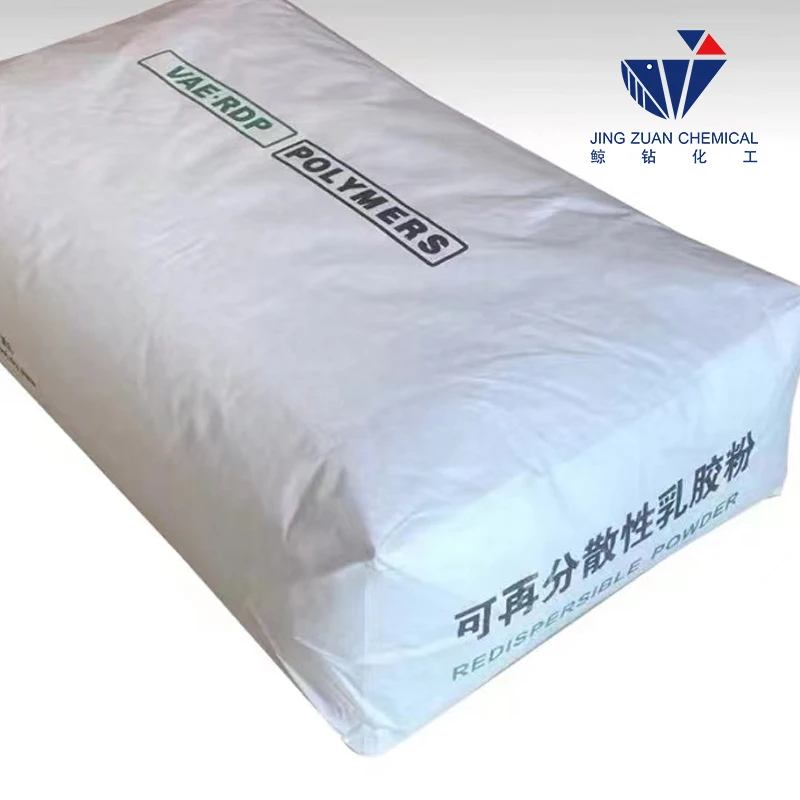
Jan . 19, 2025 04:12 Back to list
HEC


The washed hydroxyethyl cellulose is then dried using methods such as spray drying or flash drying. These techniques preserve the polymer's properties while removing moisture, yielding a product that is ready for milling. Milling reduces the dried HEC into a fine powder, enhancing its ease of use and integration into various formulations. Quality control is an integral part of HEC production. Each batch is rigorously tested for parameters such as viscosity, particle size distribution, and degree of substitution. This ensures consistency in performance, a critical factor for manufacturers that rely on predictable product behavior. In today's competitive market, the trustworthiness and authority of a hydroxyethyl cellulose supplier are paramount. Leading manufacturers invest in research and development to refine production processes, ensuring their products meet evolving industry standards. This commitment to quality, combined with adherence to international regulations, reinforces their position as authoritative providers in the field. When choosing hydroxyethyl cellulose for product formulations, understanding its production process provides insight into its capabilities and applications. Its unique properties as a thickener, stabilizer, and film former make it an invaluable asset across numerous industries. As a product of advanced chemical engineering and meticulous process control, hydroxyethyl cellulose stands as a testament to modern manufacturing excellence.
-
Unlocking the Benefits of HPMC Products: A Gateway to Versatile Applications
NewsAug.07,2025
-
Unleashing the Potential of HPMC Ashland: A Comprehensive Look
NewsAug.07,2025
-
Tile Bonding Cellulose: The Key to Superior Adhesion and Durability
NewsAug.07,2025
-
Hydroxypropyl Methylcellulose Powder: The Versatile Component in Modern Pharmaceuticals
NewsAug.07,2025
-
Hydroxyethyl Cellulose: The Versatile Solution for Various Industries
NewsAug.07,2025
-
Hydroxyethyl Cellulose (HEC): The Versatile Polymer for Various Applications
NewsAug.07,2025







